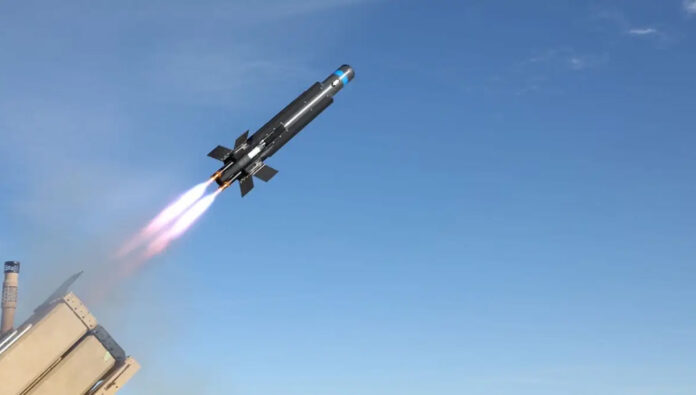This week’s defense technology landscape is characterized by accelerating unmanned systems development, expanding seabed warfare capabilities, and advancing interceptor technologies. The United States continues to lead in collaborative combat aircraft development while China demonstrates ambitious drone mothership concepts. Meanwhile, the undersea domain emerges as a critical new frontier for strategic competition, and air-to-air missile technology reaches new performance thresholds.
The Ascent of Autonomous Combat Systems
The United States Department of the Air Force has achieved a significant milestone in its Collaborative Combat Aircraft program, officially commencing ground testing for Increment 1 prototypes. This phase validates critical systems including propulsion, avionics, autonomy algorithms, and ground control interfaces, with flight testing anticipated later in 2025. General Atomics Aeronautical Systems and Anduril Industries serve as the two prime contractors, developing the YFQ-42A and YFQ-44A respectively.
The CCA program represents a fundamental shift toward scalable force packages and human-machine teaming, designed specifically around Agile Combat Employment principles. A key strategic driver remains affordability, with the program aiming to deliver combat power at a fraction of traditional crewed fighter costs. The rapid progression timeline, including an anticipated competitive production decision in fiscal year 2026, reflects strategic urgency likely driven by adversary advancements.
The dual-vendor approach serves as a critical risk mitigation strategy, allowing the evaluation of different technological paths while fostering healthy competition. Notably, the operational paradigm for these platforms suggests that an Aircraft Readiness Unit planned for Beale Air Force Base will not require significant daily flight operations to maintain readiness, indicating that software updates, simulations, and ground checks will form the backbone of readiness protocols for these semi-autonomous platforms. (Read the article)
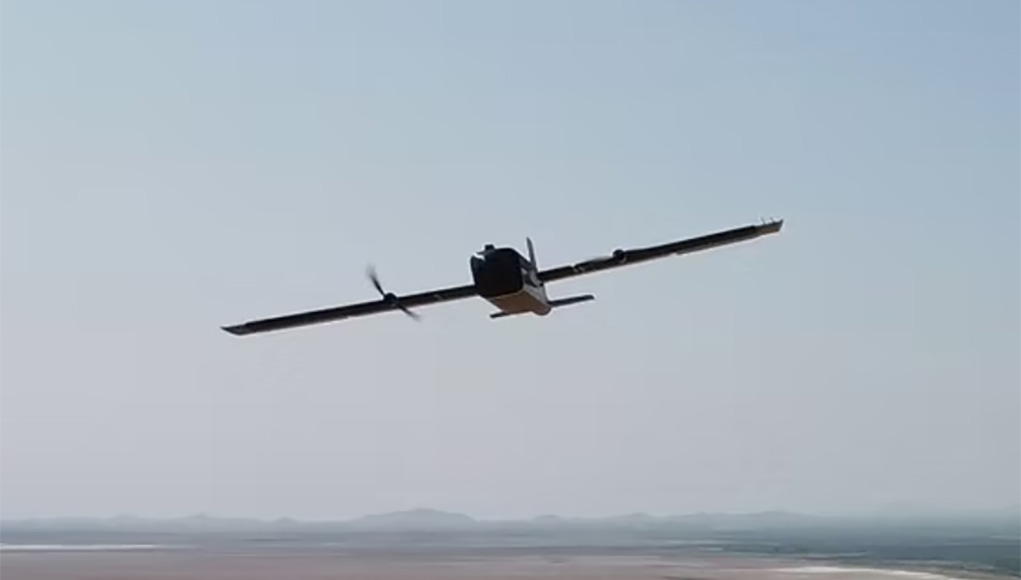 Parallel to the CCA program, the Defense Innovation Unit, partnered with the Office of the Under Secretary of Defense for Acquisition and Sustainment, is driving rapid prototyping for long-range, oneway unmanned aerial systems under Project Artemis. These platforms, designed for operation in challenging electronic warfare and GPS-denied environments, represent a direct response to observations from current real-world combat conditions, particularly the conflict in Ukraine.
Parallel to the CCA program, the Defense Innovation Unit, partnered with the Office of the Under Secretary of Defense for Acquisition and Sustainment, is driving rapid prototyping for long-range, oneway unmanned aerial systems under Project Artemis. These platforms, designed for operation in challenging electronic warfare and GPS-denied environments, represent a direct response to observations from current real-world combat conditions, particularly the conflict in Ukraine.
Four companies have been selected for Project Artemis: Swan with a Ukrainian partner, Dragoon, AeroVironment, and Auterion with another Ukrainian partner. The program emphasizes ground-launched, affordable, and adaptable systems with operational ranges from 50 kilometers to over 300 kilometers and payload capacities from 10 kilograms to over 25 kilograms. The rapid acquisition process, moving from problem definition to contract awards in just over four months, demonstrates the program’s strategic urgency.
Project Artemis aligns with the Pentagon’s broader Replicator initiative, aiming to field thousands of autonomous systems for mass deployment to counter massed adversary forces. The involvement of Ukrainian firms provides direct access to recent combat experience and rapidly iterated designs, while the specified payload capacities indicate a strategic shift toward delivering more substantial effects beyond simple intelligence, surveillance, and reconnaissance capabilities. (Read the article)
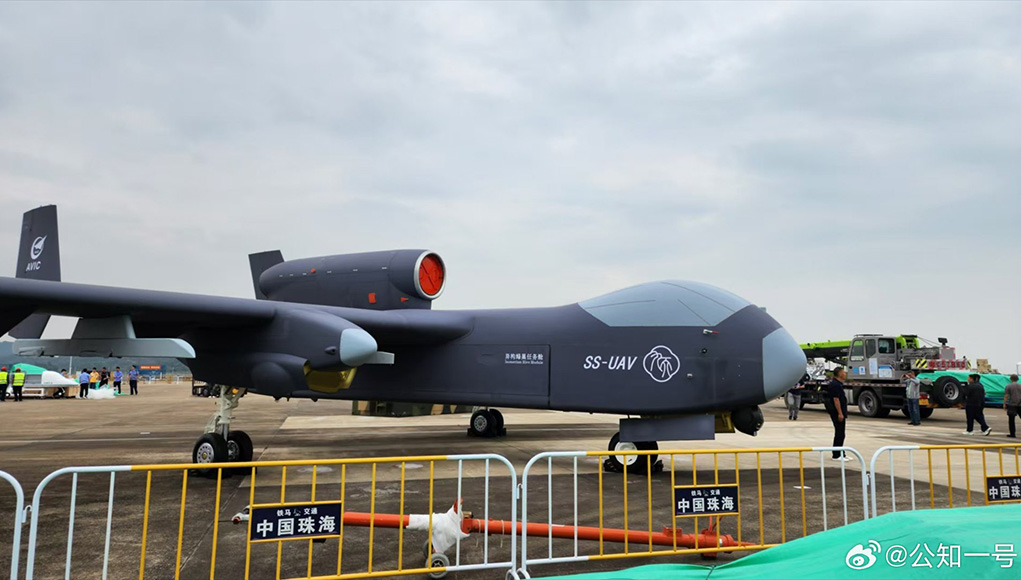 China is developing its own ambitious approach through the Jiu Tian unmanned aerial vehicle, a high-altitude, long-endurance platform envisioned as an airborne mothership. Developed by AVIC, this jet-powered aircraft features a 25-meter wingspan, 16-tonne maximum takeoff weight, operates up to 15,000 meters altitude, and boasts a 7,000-kilometer range with 12 hours of endurance. Most significantly, it carries a payload capacity of up to six tonnes, designed to deploy up to 100 smaller kamikaze drones or loitering munitions from internal bays.
China is developing its own ambitious approach through the Jiu Tian unmanned aerial vehicle, a high-altitude, long-endurance platform envisioned as an airborne mothership. Developed by AVIC, this jet-powered aircraft features a 25-meter wingspan, 16-tonne maximum takeoff weight, operates up to 15,000 meters altitude, and boasts a 7,000-kilometer range with 12 hours of endurance. Most significantly, it carries a payload capacity of up to six tonnes, designed to deploy up to 100 smaller kamikaze drones or loitering munitions from internal bays.
Unveiled at the Zhuhai Air Show in late 2024, Jiu Tian’s maiden flight is anticipated before the end of June 2025, followed by operational testing. While Western analysts express skepticism regarding its size and potential vulnerabilities, the core concept of dynamically deploying large swarms of one-way attack drones provides a strategic strike capability by extending range and offering flexible deployment beyond surface launchers. (Read the article)
.
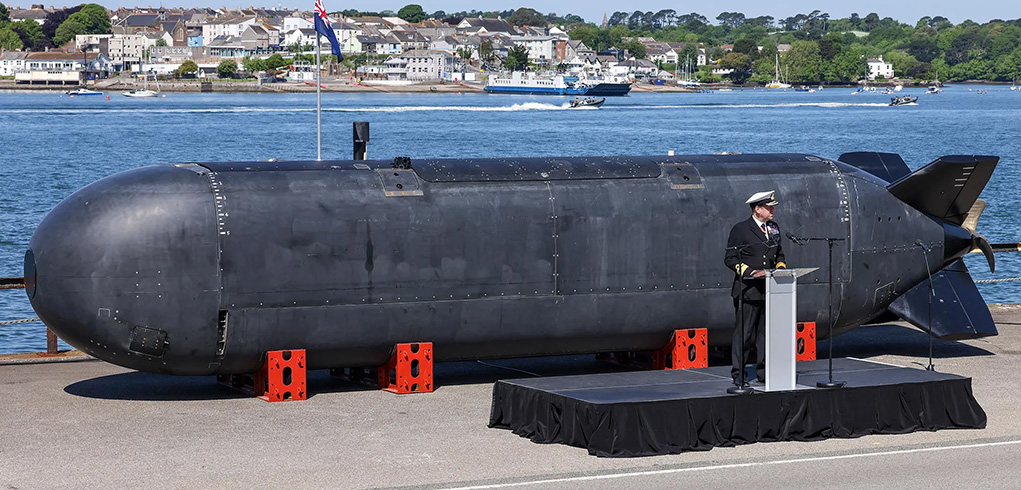 Seabed Warfare: The New Strategic Frontier
Seabed Warfare: The New Strategic Frontier
The undersea domain, particularly the seabed, is emerging as a critical new frontier for strategic competition and potential conflict. Seabed warfare, defined as operations to, from, and across the ocean floor often targeting critical infrastructure, is gaining prominence due to the vulnerability of vital assets like pipelines and telecommunication cables. Recent events, including the Nord Stream pipeline explosions and Red Sea cable damage, highlight this growing vulnerability.
Unmanned Underwater Vehicles have evolved from their initial role in mine countermeasures to become versatile platforms for protecting critical undersea infrastructure. Recent investments in UUV-based mine countermeasures include acquisitions by the Republic of Singapore Navy, the joint Belgian-Dutch program deploying systems like Exail’s UMIS toolbox, and the UK Royal Navy utilizing specialized vessels for unmanned mine warfare systems.
Beyond mine countermeasures, protecting critical undersea infrastructure has become a growing concern, with UUVs used for inspection, maintenance, repair, and defense. The UK’s RFA Proteus Multi-Role Ocean Surveillance Ship exemplifies this capability, equipped with various UUVs and remotely operated vehicles for seabed operations and critical undersea infrastructure work.
International initiatives like the European Union’s Action Plan on Cable Security and NATO’s Baltic Sentry mission are leveraging UUVs to patrol cable routes and enhance maritime domain awareness.
Several nations are developing offensive seabed warfare capabilities. The United States Navy views
UUVs as crucial for undersea superiority, pursuing offensive capabilities through platforms like Anduril’s Dive-LD AUV, engineered for long-duration, deep-sea intelligence gathering, mine countermeasures, anti-submarine warfare, and seafloor mapping as part of the Replicator initiative. Boeing’s Orca Extra-Large UUV is designed for clandestine mine-laying operations, while upcoming Block VI Virginia-class submarines will have organic ability to employ seabed warfare equipment.
The United Kingdom is advancing its extra-large UUV capabilities through Project CETUS, resulting in the XV Excalibur testbed for intelligence gathering, sensor deployment, and seabed warfare trials. The Royal Navy seeks autonomous UUVs with over three months of endurance for surveillance, payload delivery, and anti-submarine warfare barrier operations.
France formalized its seabed warfare strategy in 2022, explicitly including offensive means down to 6,000 meters depth, testing off-the-shelf equipment, and cooperating with the U.S. Navy. Russia maintains significant capabilities through its specialized nuclear submarines and motherships to install sensors, monitor assets, and potentially sabotage infrastructure. Russia’s Poseidon UUV represents a nuclear-powered, nuclear-armed platform of particular concern.
China’s People’s Liberation Army Navy considers undersea warfare, including seabed operations, essential, leveraging military-civil fusion to develop deep-sea technologies. Notable platforms include the HSU-001 AUV and various surveying platforms, with concepts for heavily armed extra-large UUVs and flying submarine drones.
The effectiveness of these UUVs relies on technological advancements in sensors, including high-resolution sonar, cameras, and magnetic anomaly detectors, navigation and autonomy incorporating artificial intelligence and machine learning, enhanced endurance through advanced batteries, and communication systems, including acoustic modems and optical links.
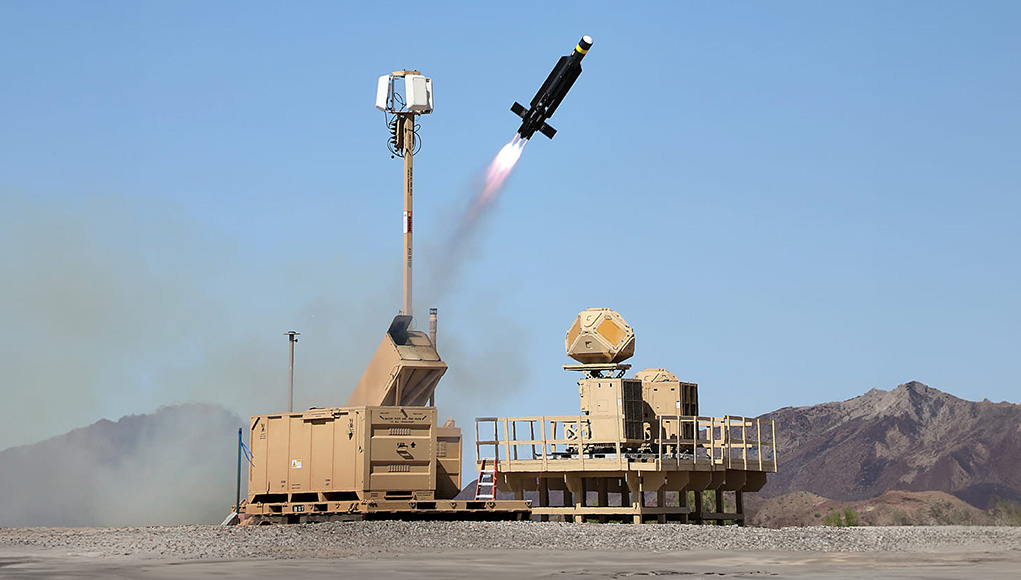 Advanced Interceptor Technologies
Advanced Interceptor Technologies
As offensive capabilities evolve, defensive systems are advancing to counter emerging threats. Qatar has become the first international customer for the U.S.-developed Fixed Site Low, Slow, Small Unmanned Aircraft System Integrated Defeat System, finalizing a $1 billion agreement. Developed by Raytheon in partnership with SRC Inc. and Northrop Grumman, this system is designed to detect, track, and neutralize small, low-flying drones, including swarms.
The system integrates multiple defensive layers, including radar systems and electro-optical/infrared cameras for detection and tracking, electronic warfare tools for disruption, the Raytheon Coyote Block 2 kinetic interceptor, and the Forward Area Air Defense Command and Control system that integrates sensor data and enables countermeasure selection. The $1 billion deal includes ten systems, 200 Coyote Block 2 interceptors, launchers, and support services. (Read the article)
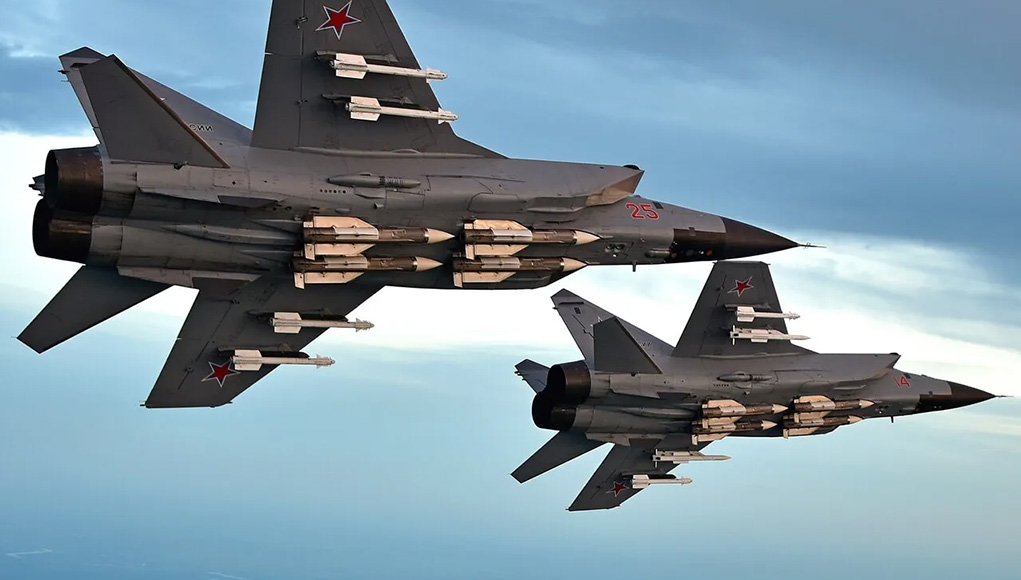 In the air-to-air missile domain, the landscape is undergoing intense development driven by new, highly capable systems from China and Russia, with Western powers responding through advanced beyond-visual-range engagement capabilities.
In the air-to-air missile domain, the landscape is undergoing intense development driven by new, highly capable systems from China and Russia, with Western powers responding through advanced beyond-visual-range engagement capabilities.
China’s PL-15 is considered one of the most formidable beyond-visual-range air-to-air missiles globally. The domestic variant reportedly achieves ranges up to 300 kilometers, while the export version reaches approximately 145 kilometers. Key features include an Active Electronically Scanned Array radar seeker resilient to jamming, a two-way datalink for mid-course updates, and a dual-pulse solid rocket motor enabling sustained high speeds exceeding Mach 4.
The PL-15E saw combat deployment by the Pakistan Air Force in aerial engagements with India in May 2025, reportedly downing at least one Indian Air Force Rafale. Debris recovery by India presents a significant intelligence opportunity for analysis by India and Western nations to understand the technology and develop appropriate countermeasures.
Russia is advancing its long-range capabilities with the KS-172, developed by Novator Design Bureau and currently in evaluation stage for integration with the MiG-31 interceptor. Russian experts claim the KS-172 can engage targets at over 400 kilometers, significantly exceeding the range of existing systems. The missile travels at speeds exceeding Mach 5 and is intended to intercept high-value aerial assets from standoff distances.
In response to these developments, NATO nations and the United States are developing next-generation long-range missiles. Europe’s MBDA Meteor, operational since 2016, features throttleable ramjet propulsion that maintains high speed into the terminal phase, providing a significantly larger no-escape zone with reported ranges of up to 200 kilometers.
The United States is developing the highly classified AIM-260 Joint Advanced Tactical Missile, initiated specifically in 2017 to address threats posed by new long-range missiles like the PL-15. Considered the number one air-delivered weapon priority for both the Air Force and Navy, the system is expected to achieve ranges of at least 200 kilometers and reach speeds of Mach 5. A key design goal was maintaining dimensions similar to the AIM-120 AMRAAM for compatibility with stealth aircraft internal weapons bays.
These developments occur within the broader context of evolving NATO Integrated Air and Missile Defence, adapting to heightened threat environments with Russia cited as the most significant challenge. However, concerns exist about capability gaps, with reports suggesting NATO possesses less than 5% of needed air defense capabilities in Central and Eastern Europe. (Read the article)
The ambitious Golden Dome missile defense initiative, spearheaded by the White House, envisions a comprehensive, multi-layered system against long-range ballistic and hypersonic missiles using technologies across terrestrial, maritime, and aerospace domains, with significant emphasis on spacebased sensors and interceptors. President Trump aims for operational status by 2029, though funding remains unclear as of May 2025.
International reactions vary significantly. China expresses grave concern, arguing the system is destabilizing and risks space militarization, issuing a joint statement with Russia calling it deeply destabilizing. Russia’s response has evolved from initial condemnation to a more measured approach, though officials maintain their strategic systems can penetrate any defense. Canada remains in active talks but has not made formal commitments, while Japan views it as an opportunity to strengthen cooperation with the United States.
Investor Insights
Publicly Traded Companies to Watch:
- General Atomics (Private) – Leading CCA development with YFQ-42A prototype
- Anduril Industries (Private) – Developing YFQ-44A CCA and Dive-LD AUV platforms
- AeroVironment (AVAV) – Selected for Project Artemis long-range UAS development
- Raytheon Technologies (RTX) – FS-LIDS system and Coyote interceptors
- Lockheed Martin (LMT) – AIM-260 JATM development and various defense systems
- Boeing (BA) – Orca Extra-Large UUV for seabed warfare applications
- Northrop Grumman (NOC) – Partnership in FS-LIDS and broader defense systems
- MBDA (Private) / BAE Systems – BA.L, Airbus – AIR.PA, Leonardo – LDO.MI) – Meteor missile system
- Teledyne Technologies (TDY) – FLIR systems for autonomous platforms
- L3Harris Technologies (LHX) – Maritime and defense electronics systems
Notable Private Companies:
- Swan – Project Artemis participant with Ukrainian partnerships
- Dragoon – Project Artemis selected contractor
- Auterion – Project Artemis participant with Ukrainian collaborations
- Exail – European UUV systems and maritime technology
- Kongsberg – Norwegian defense and maritime systems
- SRC Inc. – Radar and electronic warfare systems

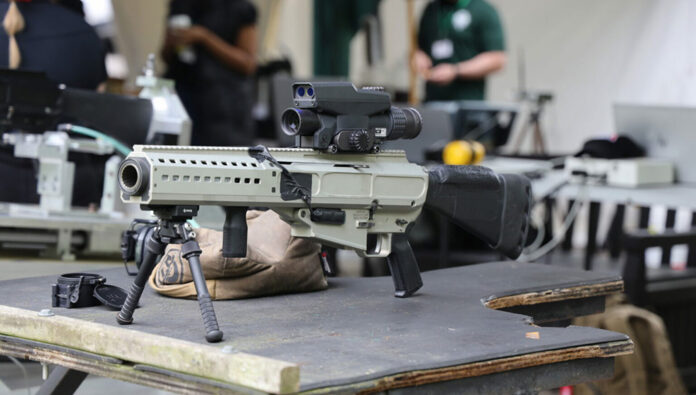
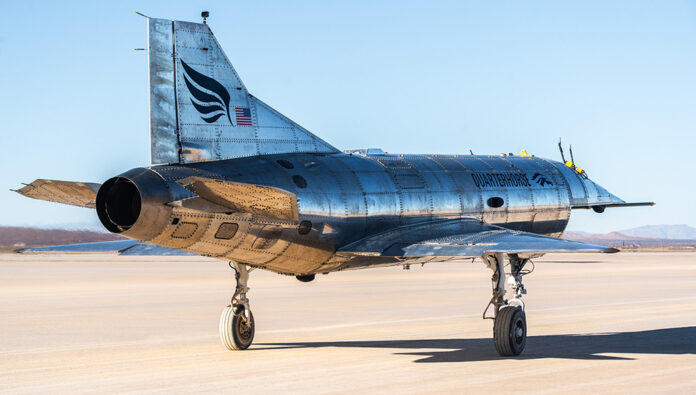
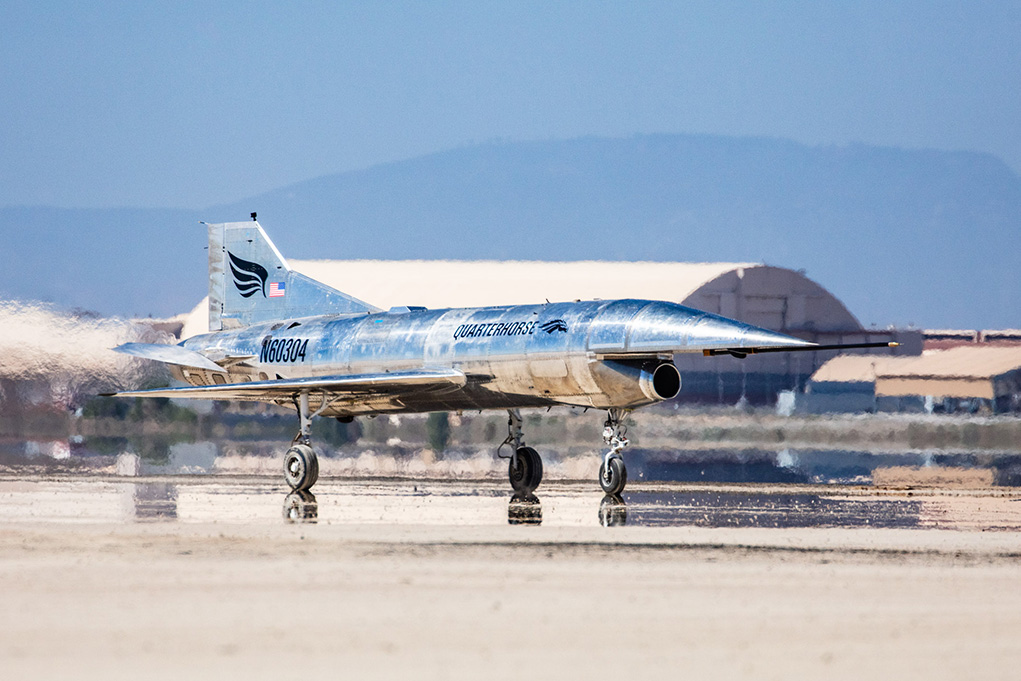
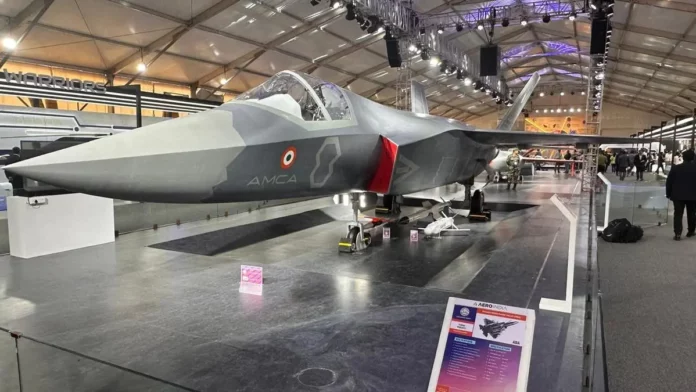


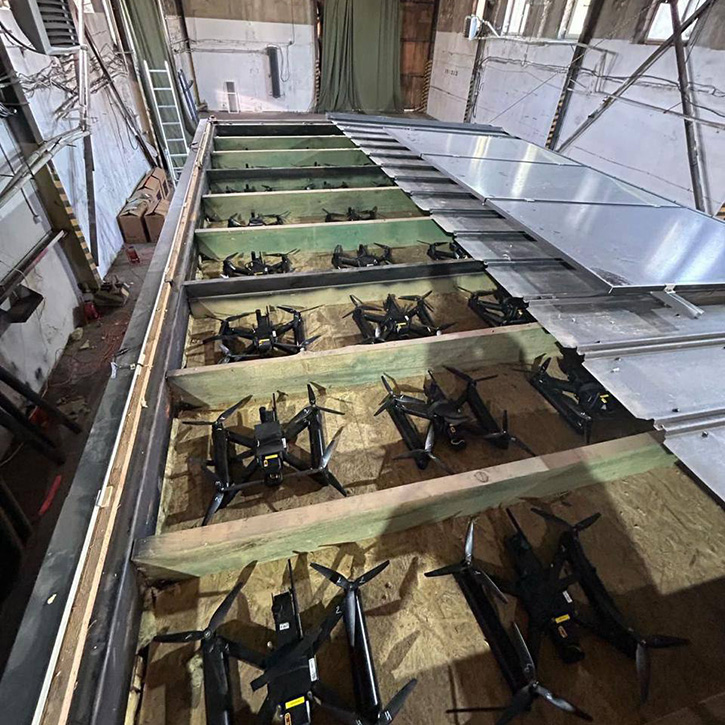 Operational Overview and Planning
Operational Overview and Planning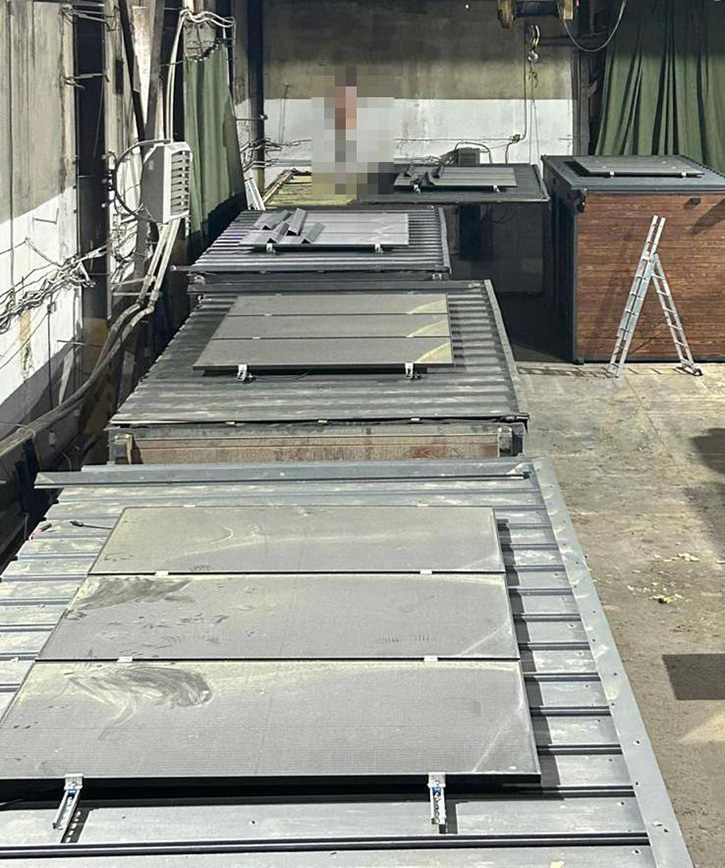
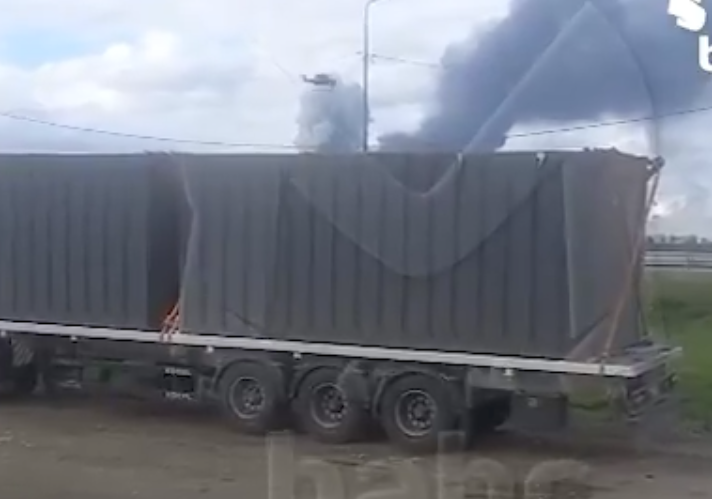

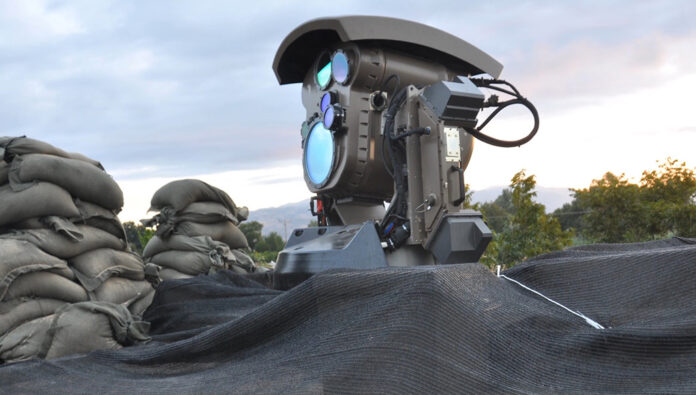


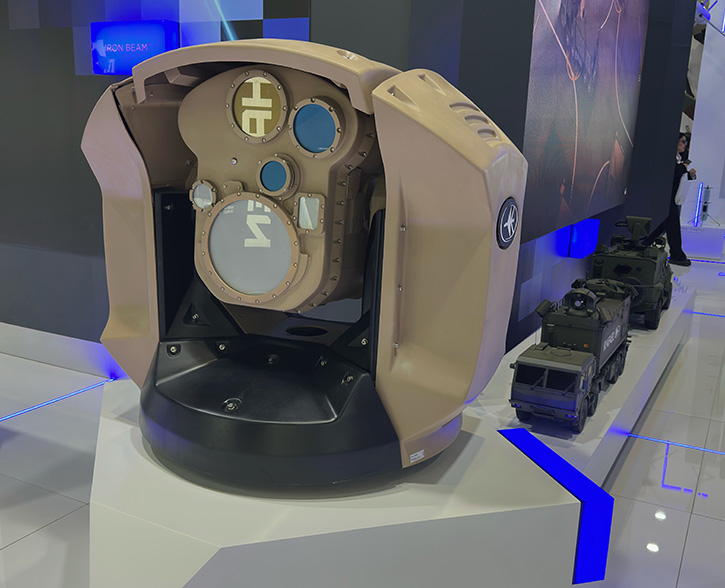
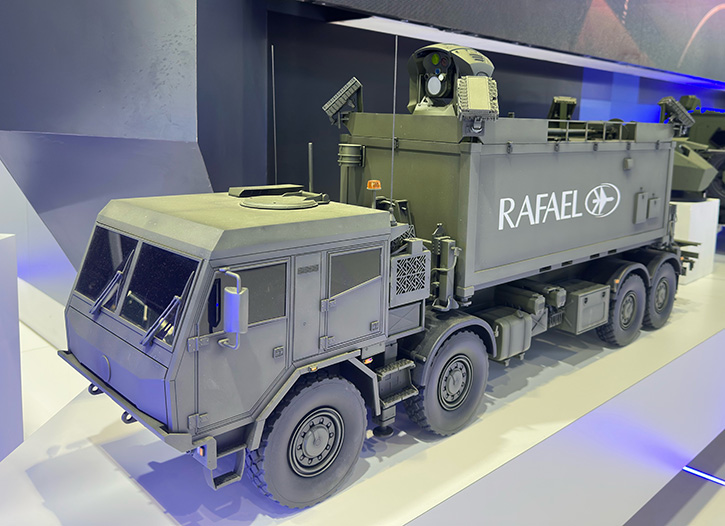
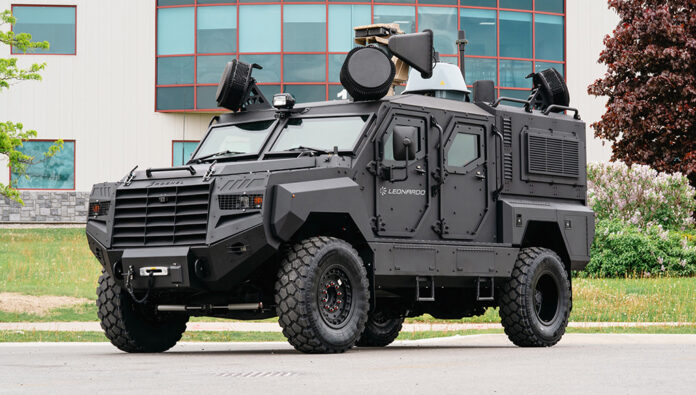

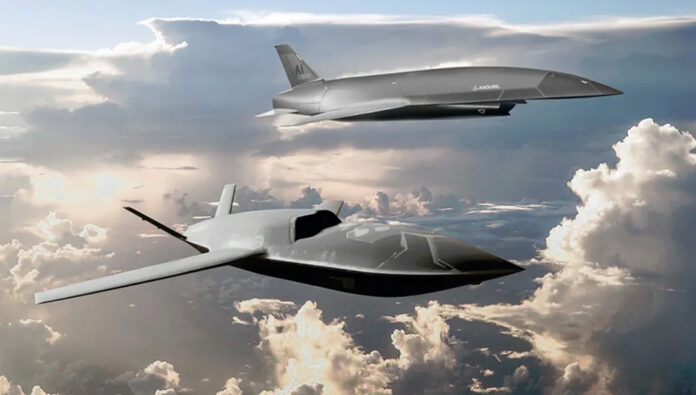
 Parallel to the CCA program, the Defense Innovation Unit, partnered with the Office of the Under Secretary of Defense for Acquisition and Sustainment, is driving rapid prototyping for long-range, oneway unmanned aerial systems under Project Artemis. These platforms, designed for operation in challenging electronic warfare and GPS-denied environments, represent a direct response to observations from current real-world combat conditions, particularly the conflict in Ukraine.
Parallel to the CCA program, the Defense Innovation Unit, partnered with the Office of the Under Secretary of Defense for Acquisition and Sustainment, is driving rapid prototyping for long-range, oneway unmanned aerial systems under Project Artemis. These platforms, designed for operation in challenging electronic warfare and GPS-denied environments, represent a direct response to observations from current real-world combat conditions, particularly the conflict in Ukraine. China is developing its own ambitious approach through the Jiu Tian unmanned aerial vehicle, a high-altitude, long-endurance platform envisioned as an airborne mothership. Developed by AVIC, this jet-powered aircraft features a 25-meter wingspan, 16-tonne maximum takeoff weight, operates up to 15,000 meters altitude, and boasts a 7,000-kilometer range with 12 hours of endurance. Most significantly, it carries a payload capacity of up to six tonnes, designed to deploy up to 100 smaller kamikaze drones or loitering munitions from internal bays.
China is developing its own ambitious approach through the Jiu Tian unmanned aerial vehicle, a high-altitude, long-endurance platform envisioned as an airborne mothership. Developed by AVIC, this jet-powered aircraft features a 25-meter wingspan, 16-tonne maximum takeoff weight, operates up to 15,000 meters altitude, and boasts a 7,000-kilometer range with 12 hours of endurance. Most significantly, it carries a payload capacity of up to six tonnes, designed to deploy up to 100 smaller kamikaze drones or loitering munitions from internal bays. Seabed Warfare: The New Strategic Frontier
Seabed Warfare: The New Strategic Frontier Advanced Interceptor Technologies
Advanced Interceptor Technologies In the air-to-air missile domain, the landscape is undergoing intense development driven by new, highly capable systems from China and Russia, with Western powers responding through advanced beyond-visual-range engagement capabilities.
In the air-to-air missile domain, the landscape is undergoing intense development driven by new, highly capable systems from China and Russia, with Western powers responding through advanced beyond-visual-range engagement capabilities.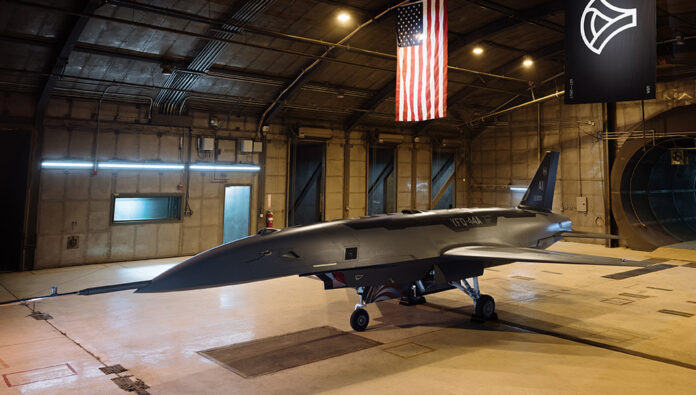
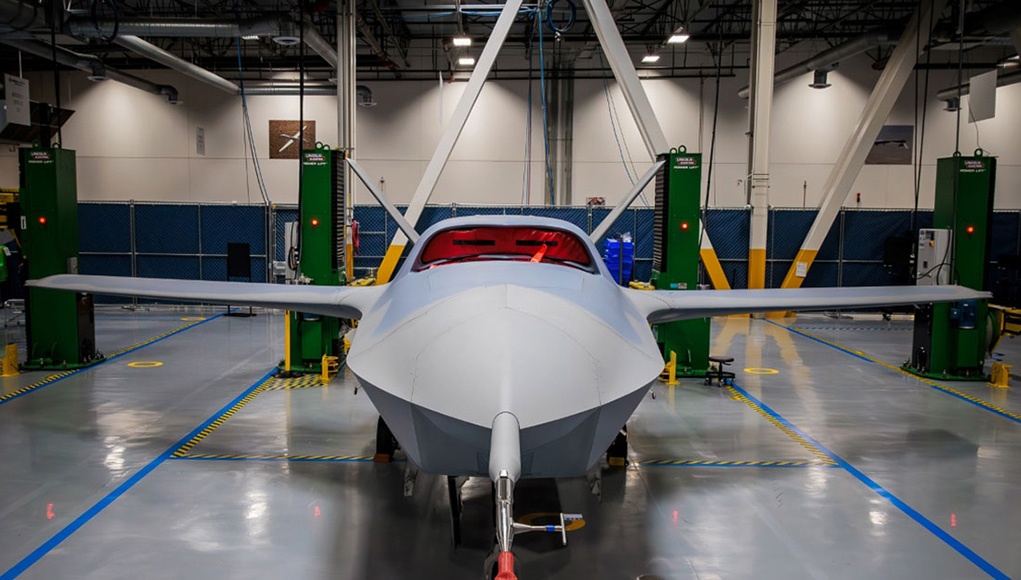 The decision to pursue a dual-vendor approach also reflects a deliberate risk-mitigation strategy. By advancing two distinct designs in parallel, the Air Force hedges against development delays or technical hurdles at either contractor. This competitive framework not only incentivizes peak performance from both teams but also provides the opportunity to evaluate divergent technological solutions—potentially combining the best attributes of each platform in subsequent program increments. Work is already underway to define the requirements for Increment 2, which promise to diverge substantially from those of Increment 1, signaling a continuous evolution of CCA roles and capabilities.
The decision to pursue a dual-vendor approach also reflects a deliberate risk-mitigation strategy. By advancing two distinct designs in parallel, the Air Force hedges against development delays or technical hurdles at either contractor. This competitive framework not only incentivizes peak performance from both teams but also provides the opportunity to evaluate divergent technological solutions—potentially combining the best attributes of each platform in subsequent program increments. Work is already underway to define the requirements for Increment 2, which promise to diverge substantially from those of Increment 1, signaling a continuous evolution of CCA roles and capabilities.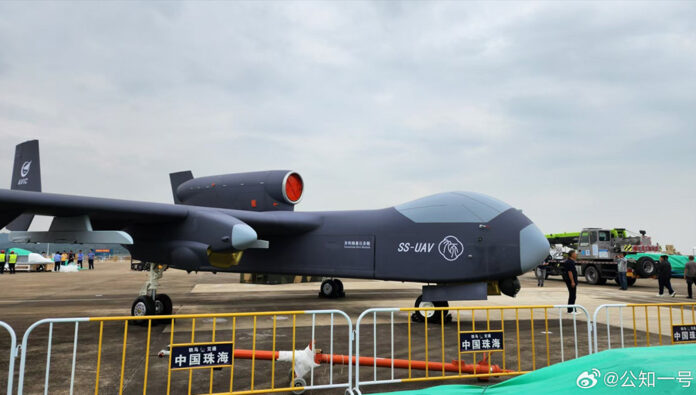
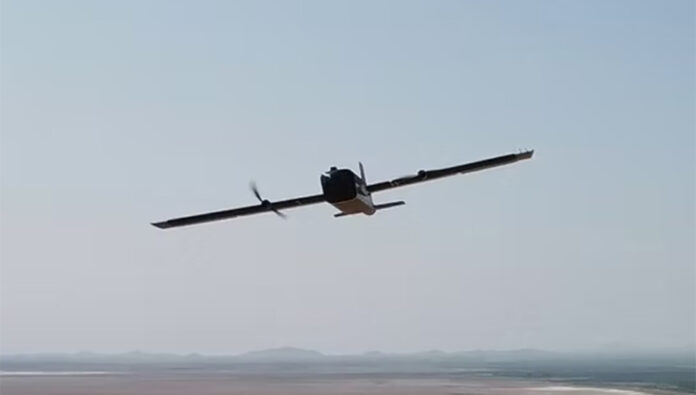
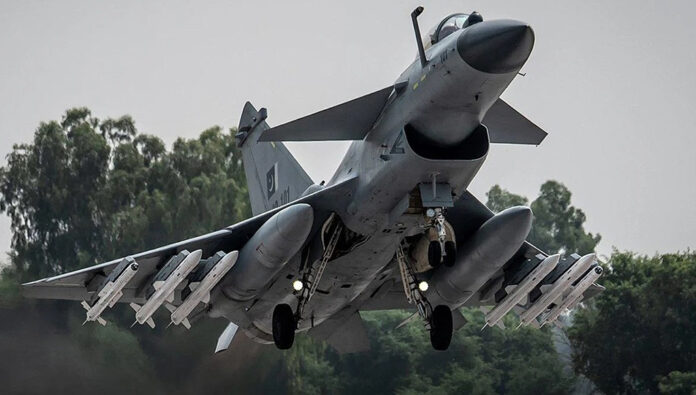
 Russia’s KS-172: Strategic Aerial Sniper
Russia’s KS-172: Strategic Aerial Sniper Europe’s Meteor: Sustained Power with Ramjet Propulsion
Europe’s Meteor: Sustained Power with Ramjet Propulsion Implications for Doctrine, Tactics, and Platforms
Implications for Doctrine, Tactics, and Platforms